How to remove black mastic from hardwood floor?
faline
13 years ago
Featured Answer
Sort by:Oldest
Comments (43)
glennsfc
13 years agoUser
13 years agoRelated Professionals
Cedarburg Flooring Contractors · Hugo Flooring Contractors · Lombard Flooring Contractors · Oceanside Flooring Contractors · Plymouth Flooring Contractors · Worcester Flooring Contractors · Thibodaux Flooring Contractors · Alhambra General Contractors · Catonsville General Contractors · Cottage Grove General Contractors · Dover General Contractors · Duncanville General Contractors · Florida City General Contractors · Perrysburg General Contractors · Home Remodelingbrickeyee
13 years agoUser
13 years agoglennsfc
13 years agoUser
13 years agobrickeyee
13 years agowoodfloorpro
13 years agoscoobstvn
8 years agoAvanti Tile & Stone / Stonetech
8 years agoscoobstvn
8 years agoscoobstvn
8 years agolast modified: 8 years agoscoobstvn
8 years agoscoobstvn
8 years agoscoobstvn
8 years agoscoobstvn
8 years agocyndiviolin
8 years agoFar tsmith
8 years agoULTIMATE HARDWOOD LTD
8 years agoladybugcdl
7 years agolast modified: 7 years agoladybugcdl
7 years agoCancork Floor Inc.
7 years agoULTIMATE HARDWOOD LTD
7 years agofrankreddy62
7 years agoCancork Floor Inc.
7 years agoladybugcdl
7 years agoladybugcdl
7 years agolast modified: 7 years agoladybugcdl
7 years agofrankreddy62
7 years agoladybugcdl
7 years agoULTIMATE HARDWOOD LTD
7 years agofrankreddy62
7 years agoladybugcdl
7 years agoladybugcdl
7 years agoULTIMATE HARDWOOD LTD
7 years agoladybugcdl
7 years agoscoobstvn
7 years agoladybugcdl
7 years agokathaap
6 years agolast modified: 6 years agoHU-784269531
4 years agoHU-436819543
4 years agoKatie Snyder
2 years ago
Related Stories

HOUSEKEEPINGHow to Remove Water Rings From Wood Tables
You may be surprised by some of these ideas for removing cloudy white water marks from wood surfaces
Full Story
HOUSEKEEPINGThe Simple Way to Remove Wax From Candlesticks
Before you make a mess of things, read these easy steps for removing melted wax from your candlesticks
Full Story
HOUZZ TOURSHouzz Tour: From Burned Down to Done Up in Las Vegas
A fire gutted this midcentury home — and laid the groundwork for a beautiful new floor plan
Full Story
REMODELING GUIDESTransition Time: How to Connect Tile and Hardwood Floors
Plan ahead to prevent unsightly or unsafe transitions between floor surfaces. Here's what you need to know
Full Story
HOUSEKEEPINGHow to Clean Hardwood Floors
Gleaming wood floors are a thing of beauty. Find out how to keep them that way
Full Story
MATERIALSWhat to Ask Before Choosing a Hardwood Floor
We give you the details on cost, installation, wood varieties and more to help you pick the right hardwood flooring
Full Story
FLOORSHow to Paint Your Hardwood Floors
Know how to apply nail polish? Then you can give your wooden floors a brand-new look
Full Story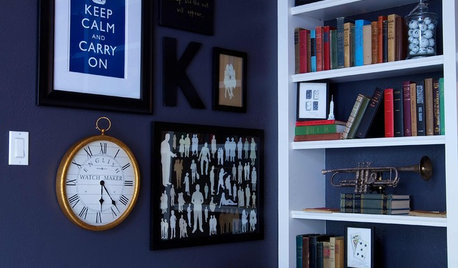
DECORATING GUIDESStraight From the Runway: The Blues to Use at Home
Bring looks from Fashion Week home with navy and teal mixed with black, red and more
Full Story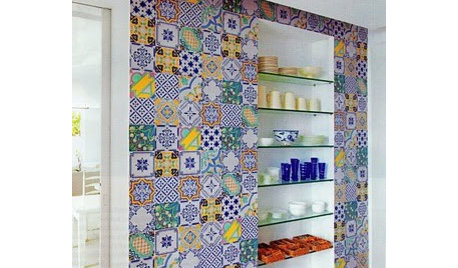
TILETile From Around the Globe Adds Out-of-This-World Panache
Go ahead, let color and pattern run wild in your tile. Your walls, floors and countertops will say "thank you" in a whole new language
Full Story
TILETop Tile Trends From the Coverings 2013 Show — the Wood Look
Get the beauty of wood while waving off potential splinters, rotting and long searches, thanks to eye-fooling ceramic and porcelain tiles
Full StorySponsored
Columbus Area's Luxury Design Build Firm | 17x Best of Houzz Winner!
More Discussions






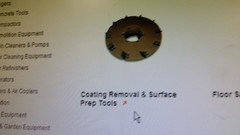
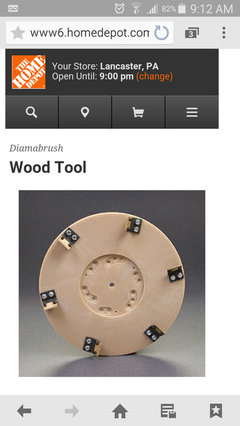

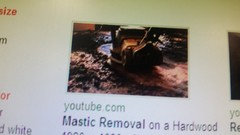
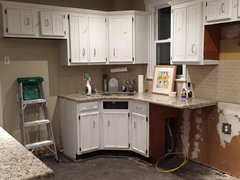
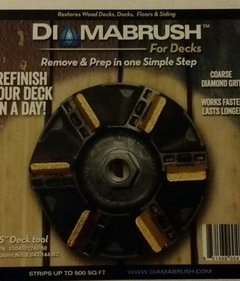

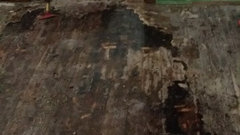
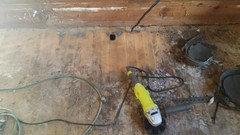
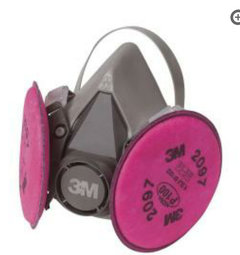


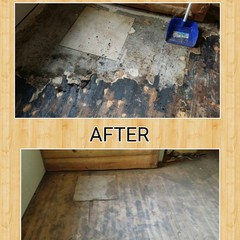
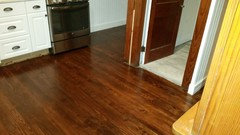
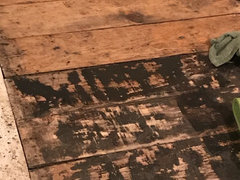





frankreddy62